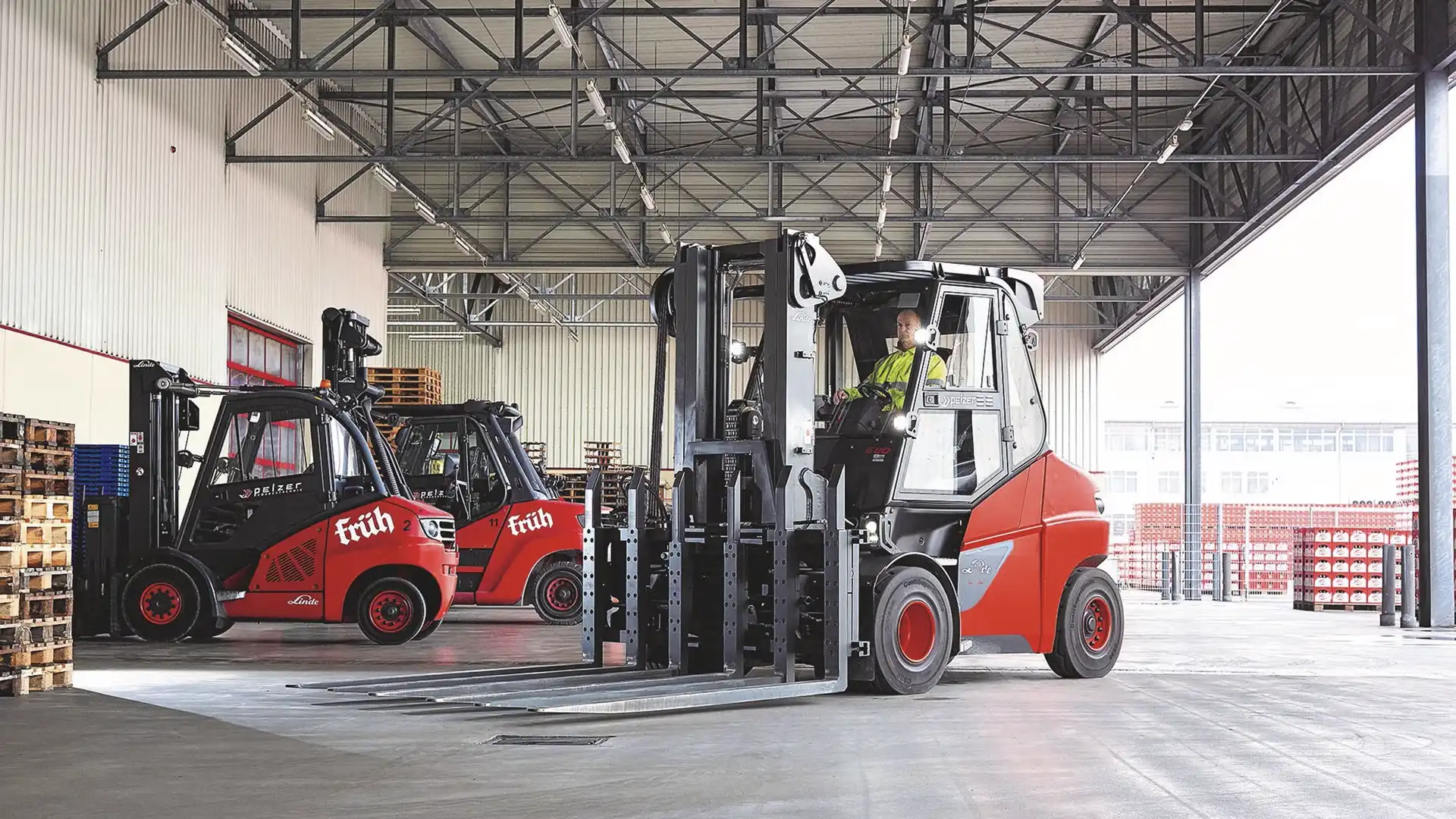Forklift Training 0: A Comprehensive Guide for Beginners
Operating a forklift is a crucial skill in many industries, from warehousing to construction. Proper training ensures safety, efficiency, and compliance with regulations. This guide provides an overview of essential forklift training components for beginners.
Understanding Forklifts
A forklift is a powered industrial truck used to lift, carry, and move heavy materials over short distances. It consists of a vehicle with front-wheel drive and an attached forked platform that can be raised and lowered for loading and unloading cargo. Forklifts are commonly used in warehouse operations, construction sites, manufacturing plants, and other industries where heavy lifting is required.
Importance of Forklift Training
Proper forklift training is essential for several reasons:
 ForkLift-Trucks.com | China Manufacturer Trade Materials Handling Fork-lifts Truck, Stackers, Industrial vehicles, Scrubbers, Transporters Sale Price Buy Online | forklift
ForkLift-Trucks.com | China Manufacturer Trade Materials Handling Fork-lifts Truck, Stackers, Industrial vehicles, Scrubbers, Transporters Sale Price Buy Online | forklift
Safety: Reduces the risk of accidents and injuries.
Efficiency: Increases productivity by ensuring operators know how to handle the equipment effectively.
Compliance: Meets regulatory requirements, such as those set by the Occupational Safety and Health Administration (OSHA) in the United States.
Key Components of Forklift Training
Pre-Operational Checks: Before operating a forklift, it’s crucial to conduct a thorough inspection. This includes checking the brakes, steering, controls, warning devices, and tires. Ensuring the forklift is in good working condition helps prevent accidents.
Basic Operating Techniques: Training should cover the fundamental skills needed to operate a forklift. This includes starting and stopping the forklift, steering, and maneuvering in tight spaces. Operators should also learn how to use the forklift’s controls and understand the functions of each component.
Load Handling: Proper load handling is critical to forklift operation. Training should teach operators how to pick up, transport, and set down loads safely. This includes understanding load limits, balancing loads, and using the forklift’s forks correctly.
Safety Protocols: Safety is paramount in forklift operation. Training should cover essential safety practices, such as wearing personal protective equipment (PPE), following workplace safety guidelines, and understanding emergency procedures.
Certification and Ongoing Training: Obtaining certification is a crucial step for any forklift operator. Certification programs typically include both classroom instruction and practical training. Additionally, operators should participate in ongoing training and refresher courses to stay updated on best practices and safety regulations.
Common Hazards and Prevention
Forklift operation comes with several hazards, including:
Tip-Overs: Caused by improper load handling or driving too fast.
Collisions: Occur when operators are not aware of their surroundings.
Falling Loads: Result from improperly secured loads.
To prevent these hazards, operators should follow safety protocols, conduct regular equipment inspections, and stay vigilant while operating the forklift.
Conclusion
Forklift training is a vital component of workplace safety and efficiency. By understanding the basics of forklift operation, conducting pre-operational checks, following safety protocols, and obtaining proper certification, operators can ensure they are well-prepared to handle the responsibilities of operating a forklift. Continuous training and adherence to safety guidelines will help create a safer and more productive work environment.
